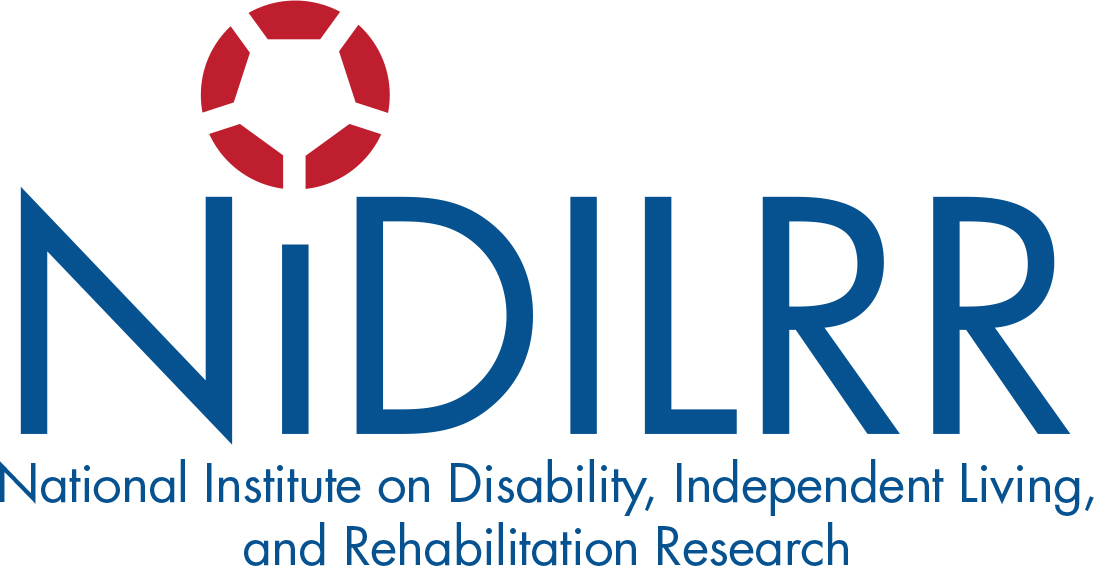Assessment
- Patients with a SCI often present atypically or with an unreliable physical examination. The standard of care is now to initiate subcutaneous low molecular weight heparin for prophylaxis following SCI. Venous Doppler ultrasounds are commonly performed for screening.
- If there is concern for a PTE, either a CT Angiogram, spiral CT scan, or nuclear ventilation/perfusion scan can be performed to diagnose with a chest x-ray
Treatment Considerations
- For acute DVT/PTE, subcutaneous low molecular weight heparin is used initially with the transition to oral Warfarin if there are no contraindications. The duration of anticoagulation may be increased based on an individual’s risk factors. Continued reassessment of the timing of appropriate addition of anticoagulation in this setting is warranted. Inferior Vena Cava filter is indicated when anticoagulation is contraindicated. The inferior vena cava filter is NOT a substitute for thromboprophylaxis.
- Treatment of DVT is for at least 3 months
- Treatment of PTE is for at least 6 months
- Monitor for upper extremity DVT
- Always recheck Doppler ultrasound after discontinuation of prophylaxis and treatment
Resource
Venous Thromboembolism (VTE)
PM&R Knowledge NOW Topics from American Academy of Physical Medicine and Rehabilitation
